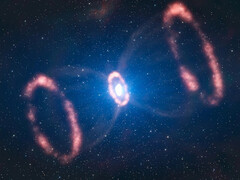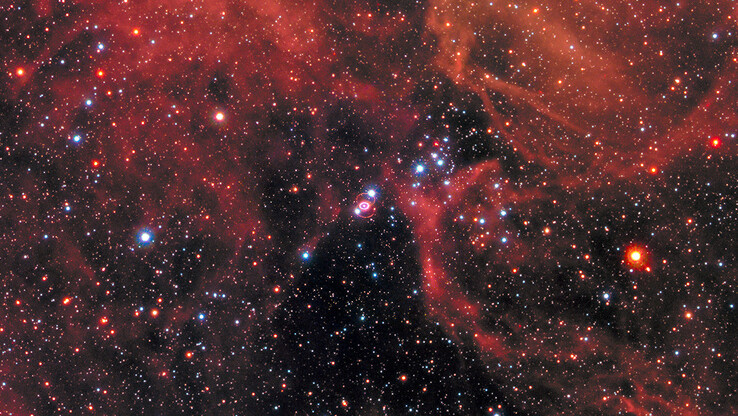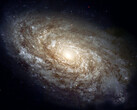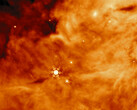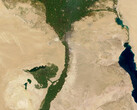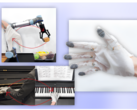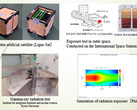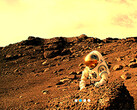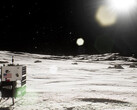At some point, a star runs out of air, or rather hydrogen. Even after that, a few elements, including helium, are still fused, but ultimately this is no longer enough to counteract the gravitational forces.
However, our sun would still be too small, not enough gravitational pull. The star must be at least eight times heavier, which can be calculated with a little effort. Then the atoms collide with so much energy that a supernova is created.
This not only emits light. Large numbers of neutrinos and ultimately countless different elements, which are created before, during and after the actual explosion, are also hurled in all directions. This ultimately leads to a colorful mix of elements being found here on Earth.
The neutrinos, which appear rather sporadically, were also the first indication of Supernova 1987A (click here for the Wikipedia article). They had appeared in increased numbers on Earth in 1987. The supernova itself could be detected in the Large Magellanic Cloud.
This is our neighboring galaxy. The explosion itself is almost exactly 163,000 light years away. If you remember, the good old USS Voyager was stranded only 80,000 light years away.
This event has now been observed and analyzed for 37 years. In addition to the elements and types of radiation emitted by such a gigantic astronomical explosion, people have been puzzling over what was left behind. So did a black hole form or, for example, a neutron star?
And thanks to the James Webb Space Telescope, which has been in service since 2021, detailed and high-resolution images could be taken over 9 hours.
The center of the supernova remains hidden behind dust. What is visible, however, is argon and sulfur in ionized form. Impressive enough that you can detect it.
This observation only seems plausible if radiation from a neutron star is emitted. This radiation causes the ionization. This required lengthy calculations, which have just been published.
No black hole appears to have been left behind from the most recent visible supernova. Instead, there is an infinitely dense structure of elementary particles, i.e. neutrons, in the center, which has a diameter of only a few kilometers but weighs several suns: a neutron star.
Hubble has also photographed SN1987A. For the full resolution please click here https://stsci-opo.org/STScI-01EVVBRXKQVT9HK887K73MB68V.tiff(Caution! 34 megabytes).


 Deutsch
Deutsch English
English Español
Español Français
Français Italiano
Italiano Nederlands
Nederlands Polski
Polski Português
Português Русский
Русский Türkçe
Türkçe Svenska
Svenska Chinese
Chinese Magyar
Magyar